How sport organizations and events are combating climate change
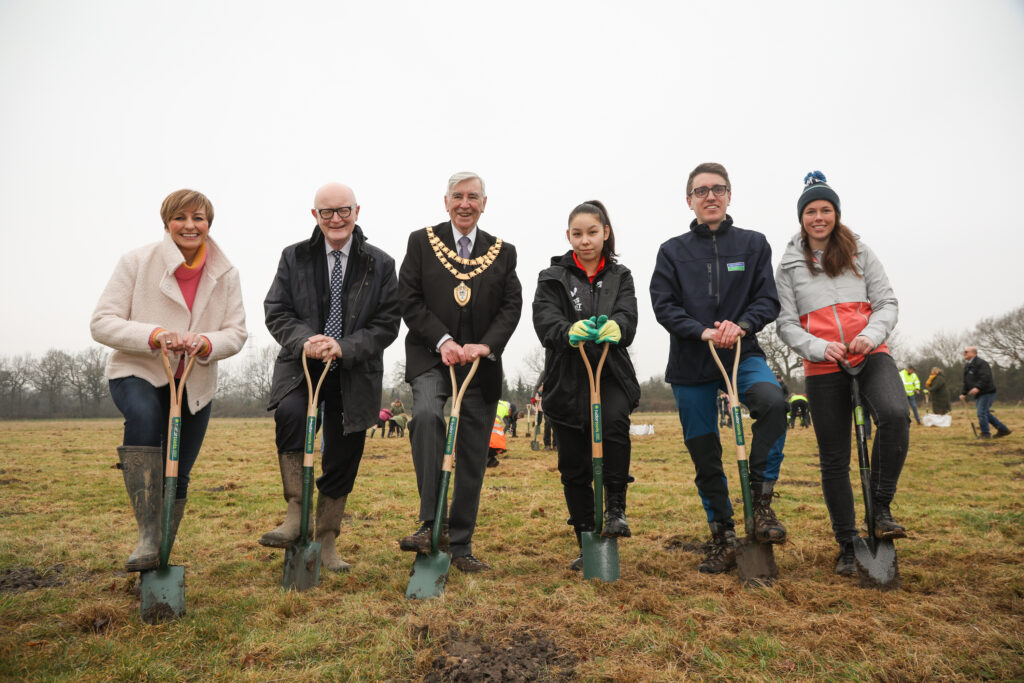
Photo credit: Denise MaxwellOrganizers of the Birmingham 2022 Commonwealth Games plant trees for a new Commonwealth Games Forest that will serve as one of the Games’ legacies. Highlights At a United Nations Conference on the role of sport in combating climate change in April 2022, conference participants noted that sport is both a casualty of and…
Current perspectives on multi-sport participation
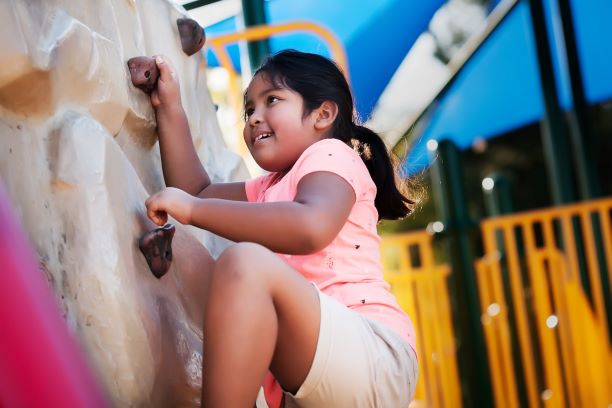
Highlights What’s the best path to the podium? That’s the question behind the debate between early specialization and early diversification. Drawing on the example of some well-known champions like Tiger Woods or the Williams sisters, the early specialization camp argues that an early start in the athlete’s primary sport is essential for development of high-level…
“I feel (un)safe when…”: What athletes have to say about high performance culture
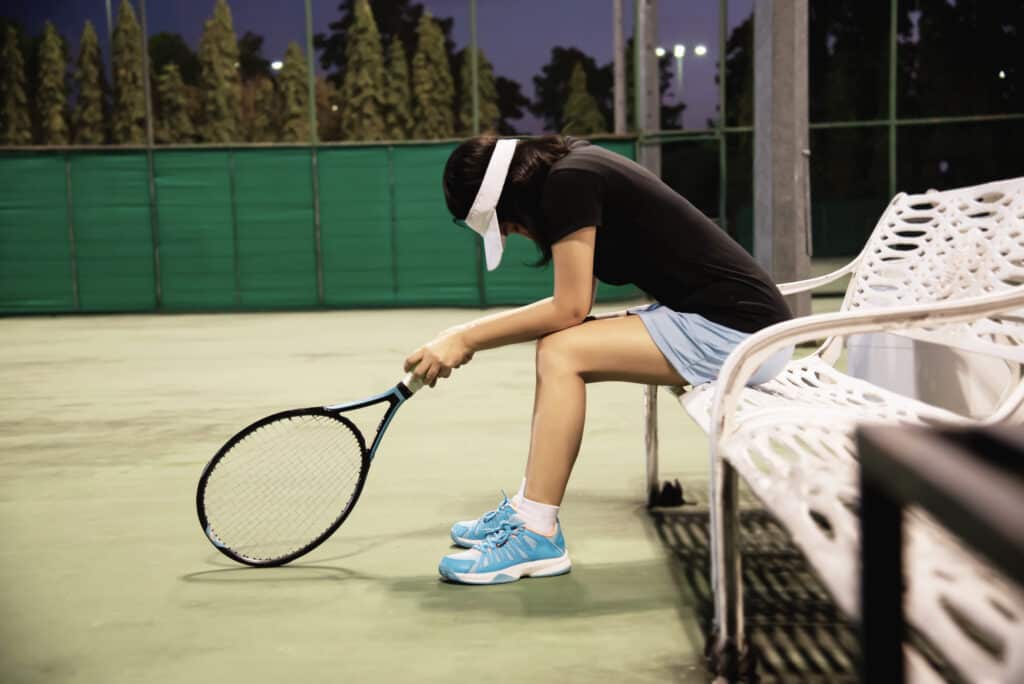
Highlights In this article, researchers present their findings about Canadian high performance athletes’ perspectives on safe and unsafe sport environments, as well as recommendations for changes Athletes identified coach behaviour, teammate or fellow athlete behaviour, lack of resources and an inattentive sport system as key factors contributing to unsafe sporting environments Implementing initiatives to target…
Enhancing sport and physical activity participation for Canadians with disabilities
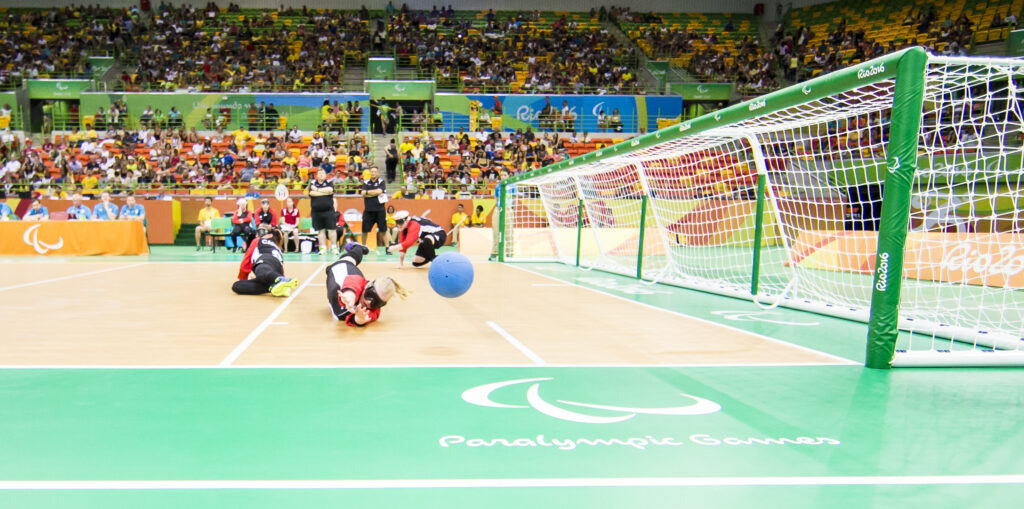
Highlights When Jenny Davey first started working at the Canadian Paralympic Committee (CPC) in 2014, she had no idea how much a fledgling research partnership would shape the work she does in the Paralympic sport system 8 years later. “I never would have thought, ‘well, 8 years from now, I’m going to be able to…
Indigenous ways of knowing and doing connected to physical literacy, diversity and collaboration in sport
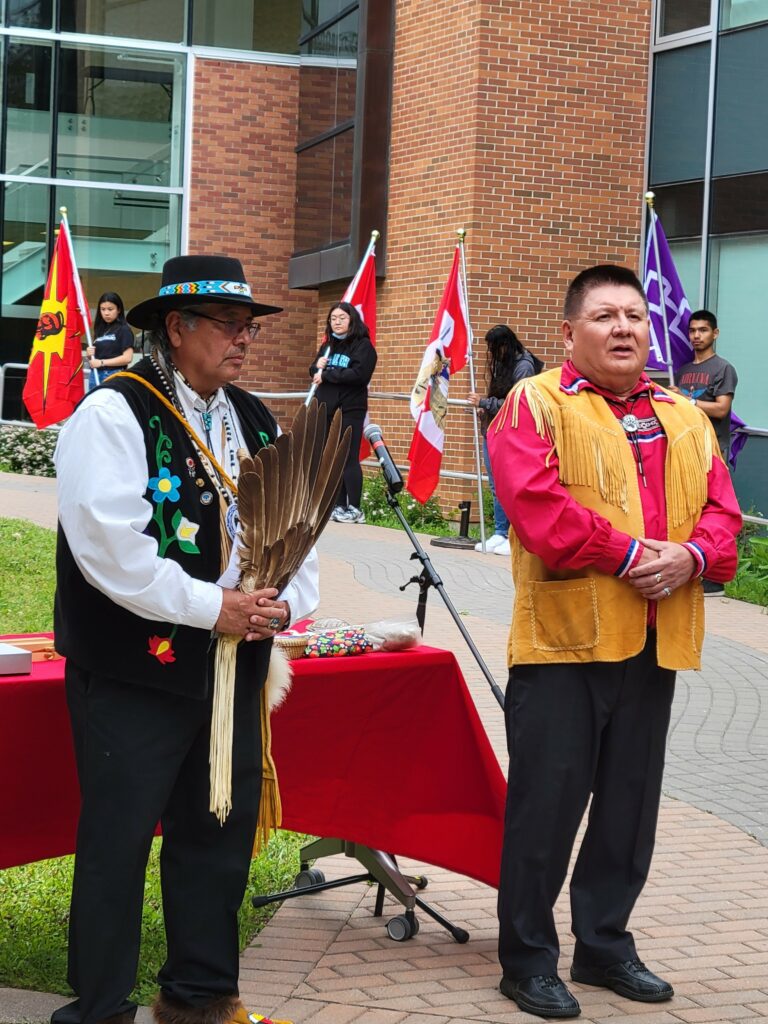
Highlights “Teaching was something that I always knew that I could do. From an early age, I was captain of teams and things like that, so I was thrust into leadership roles,” says Greg Henhawk. Henhawk is a Mohawk of the Bear Clan, from Six Nations of Grand River First Nation, in Southern Ontario. He’s…
The Canadian sport and physical activity community identifies topics for researchers to prioritize
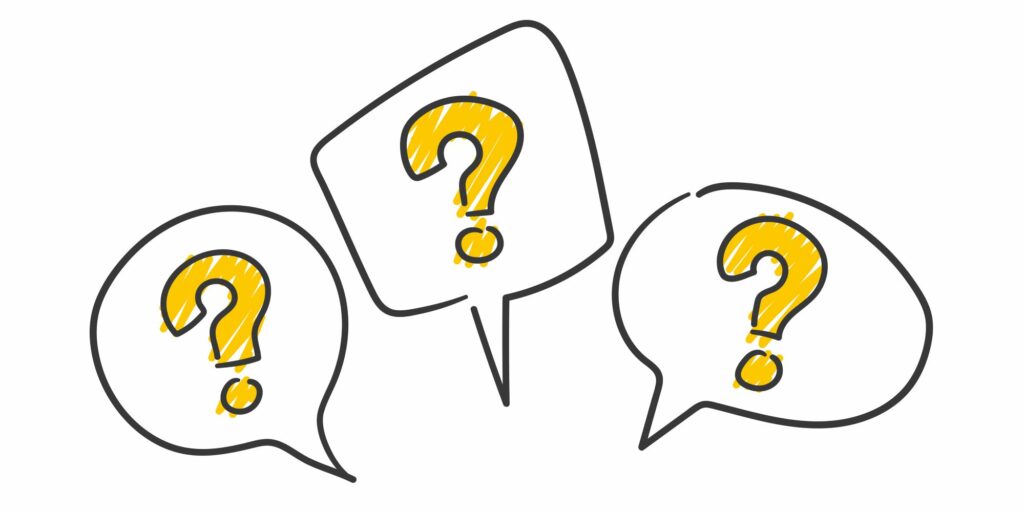
Highlights Adoption in practice of research findings is often sub-optimal because of a disconnect between researchers and the individuals or groups overseeing and facilitating sport and physical activity participation. To help bridge the gap between sport and physical activity research activities and the needs of those best positioned to apply those findings, we conducted a…
Data for change: Embracing demographics to advance equity in sport
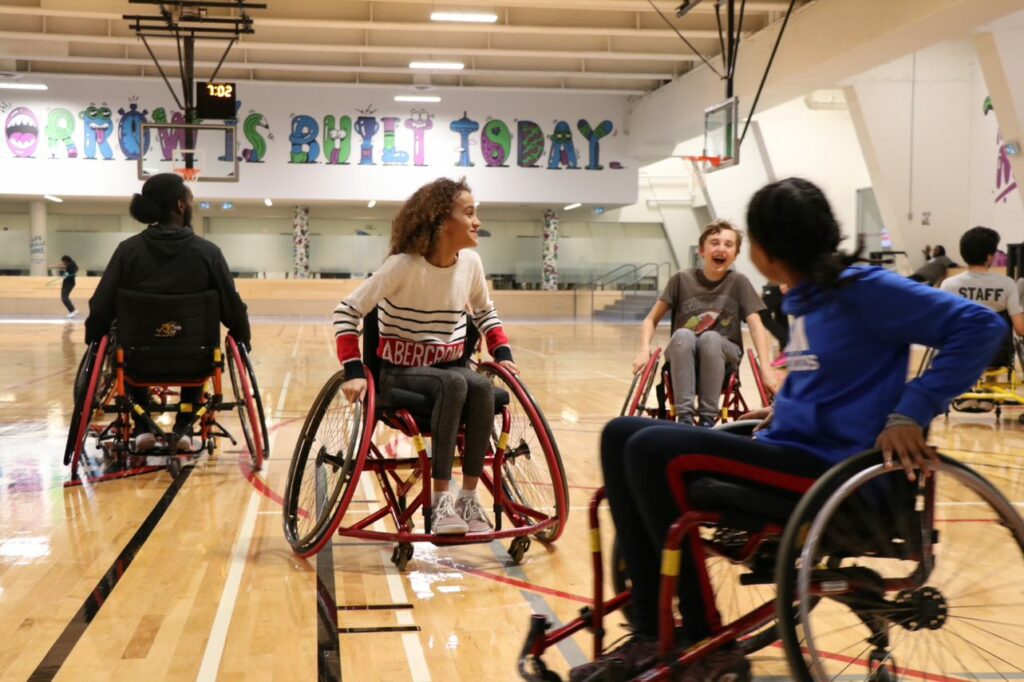
Highlights “You can’t manage what you don’t measure” is a popular saying in leadership circles. However, knowing what to measure to inform change is a craft altogether. To advance equity and inclusion in sport, the “who” of measurement is fundamentally as important as the “what.” Indeed, it’s important to understand the perspectives, realities and lived…
Mentoring Black women coaches: Developing confidence through relationships and learning
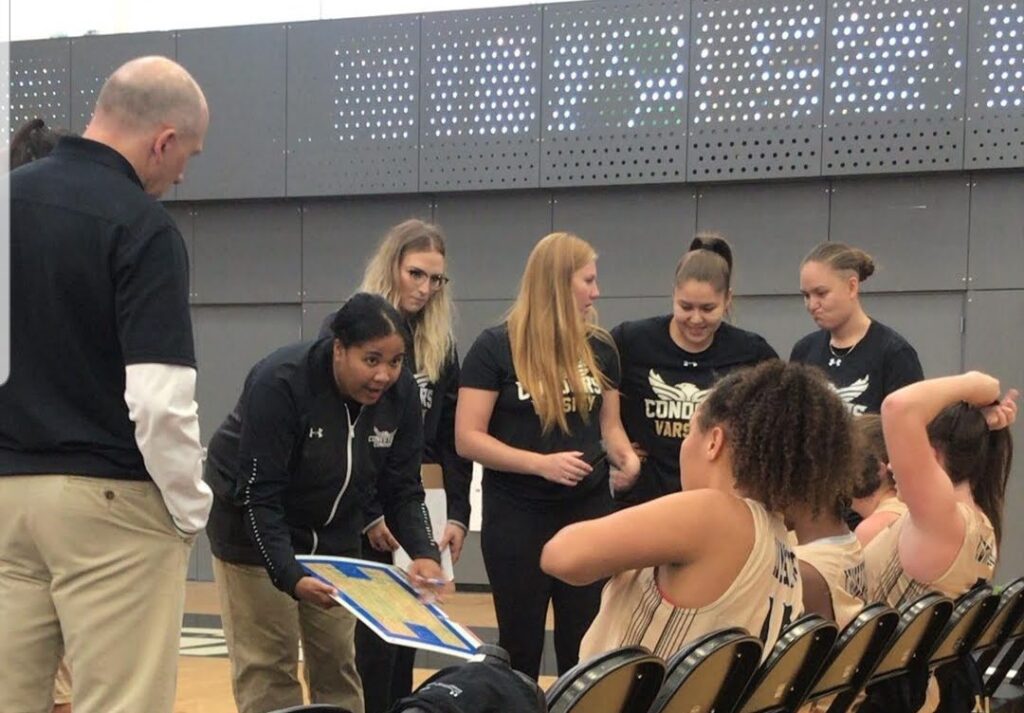
Photo credit: Conestoga College Condors Athletics Highlights Anyone involved in sport knows that confidence is key. Whether coach, athlete or participant, the importance (and fragility) of confidence can’t be overlooked. The vital and tenuous nature of confidence means steps must be taken to safeguard the confidence of racialized women coaches, who are sometimes the “only”…
Shaping inclusive sport policy and programs
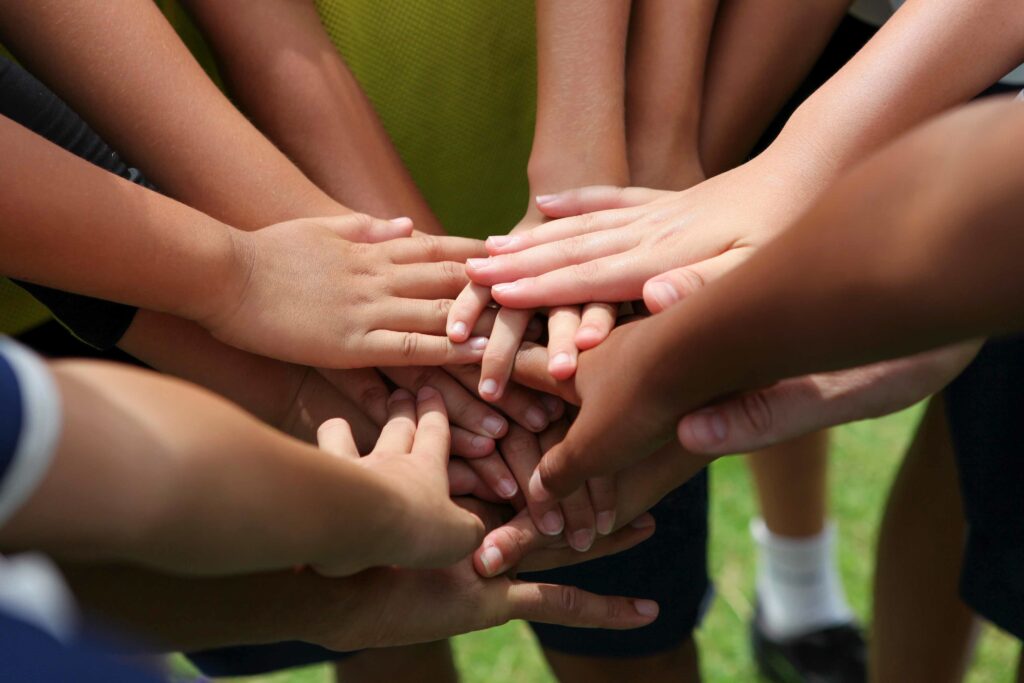
Highlights Over the past few years, the racism and discrimination brought to light throughout society and within the sport sector have forced a necessary reflection on policies and practices. While the concepts of diversity, equity and inclusion were seeded in government policy many decades ago, the context has evolved significantly. Today, these terms have new…
Why youth sport isn’t just for kids: it benefits mom too!
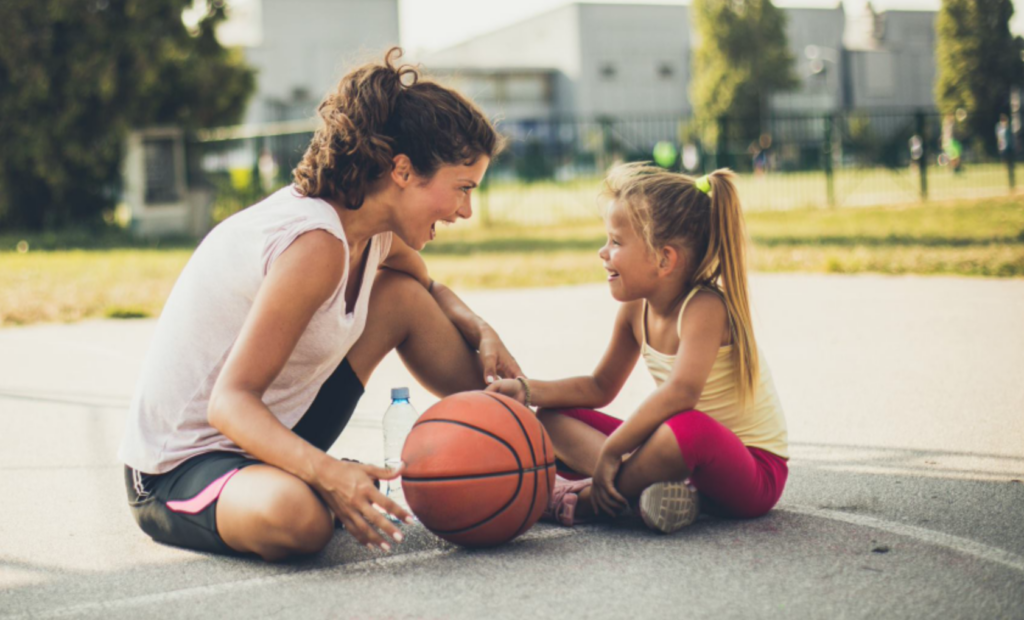
Highlights Sport mom (noun, ???? spohrt mahm) Parents with a child or teen involved in sport know that along with the daily responsibilities of parenting, youth sport demands time, money and a degree of emotional restraint (Hayward et al., 2017). They also know that it comes with opportunities to face new challenges, belong to a…